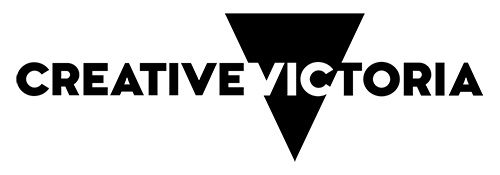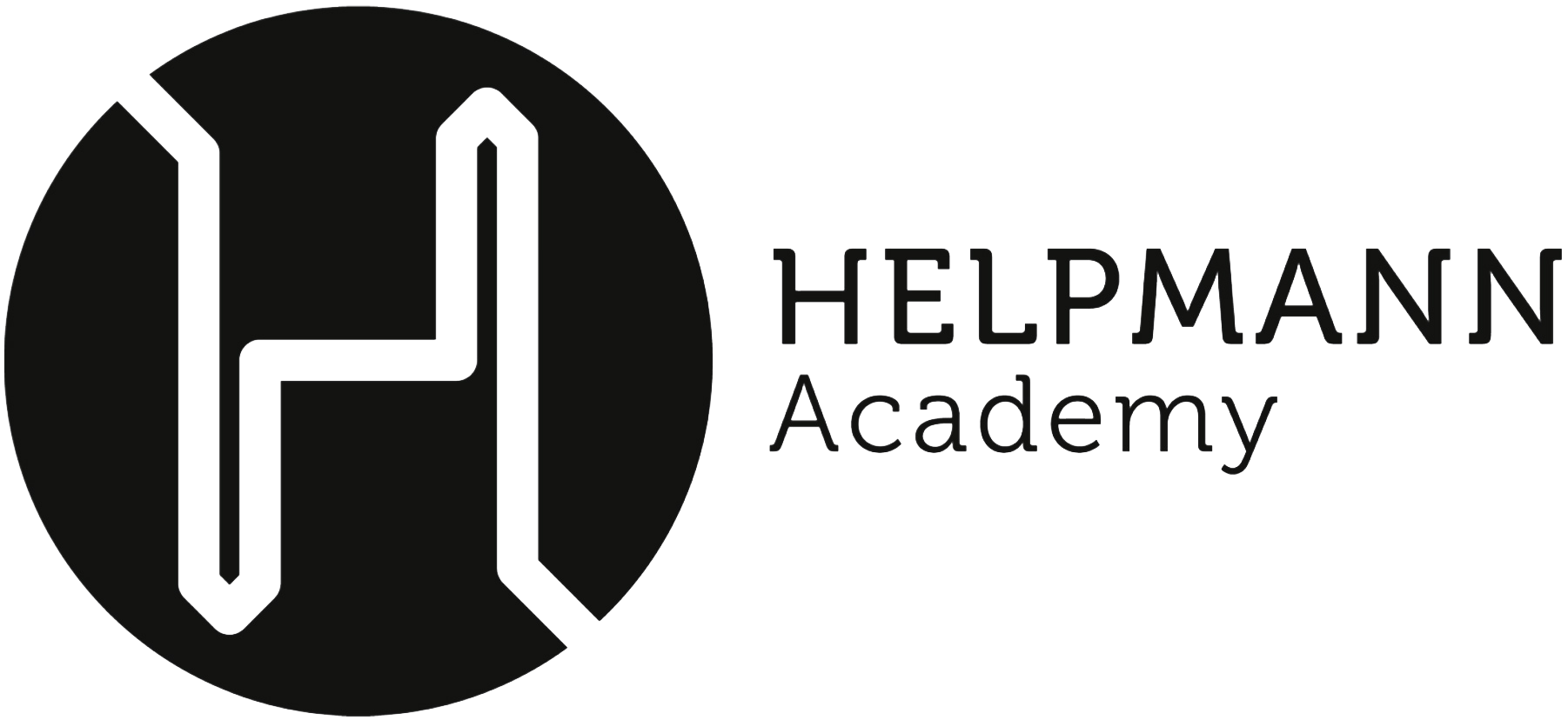Jayda Wilson
Neva-gu dyugurpa
From West Coast to City Centre
[ (re)telling, (re)memory, (re)archiving ]
Neva-gu dyugurpa, From West Coast to City Centre brings together multiple works that explore the (re)telling of family history
through archival material found locally in South Australia and internationally in Osaka, Japan. These documents of Jayda Wilson’s mama-gu
mama-gu ngundyu Neva Wilson (b.1934 - passed. 2016), Wilson explores ideologies of blood memory and sovereignty through sound, photography
and print.
Blood Reign II (2023) is a (re)telling of family history found in an oral history interview conducted by the City of Adelaide in 1998 (OH101) of Neva spoken in English. In this work, Wilson speaks back to Neva in wangga, creating a site for (re)memory and is an affirmation of sovereignty.
“How did your family end up in Adelaide?”, she asked me.
[I stood there blank not having the words to answer]
From West Coast to City Centre (2024), is
a series of stills taken from a documentary of Neva titled “From West Coast to City Centre: An Aboriginal Life History”, 1998, held in
the National Museum of Ethnology, Japan. This series of timely images dissect the journey from mission life to urban life on
Kaurna Yarta where most of Wilson’s waldya continue to live and work today.
[Now I stand here with the words to answer her]
By presenting and merging these two different works, Wilson creates a visual and oral relationship. These works collectively communicate the transition from traditional life to urban life due to government policies that took away control of manda and wangga.
By understanding Neva-gu dyugurpa, the audience can understand Jayda-gu dyugurpa.
* To Aboriginal and Torres Strait Islander viewers, Neva-gu dyugurpa, From West Coast to City Centre contains imagery and sound
of nhangga who have passed.
IMAGES > Jayda Wilson, From West Coast to City Centre, 2024, 420 x 594 mm fine art prints on smooth cotton paper. Images
courtesy of the artist with permission from the National Museum of Ethnology, Osaka, Japan.
Jayda Wilson is a proud Gugada and Wirangu emerging artist living and working on unceded Kaurna Yarta. Wilson’s
practice is a journey to reclaiming their mother tongue through the (re)telling of family history with their visual practice acting as a
site for (re)memory and (re)archiving. By working in mediums of sound and print they ground themselves culturally and affirm
sovereignty through Gugada and Wirangu wangga, embedded in country on the Far West Coast of South Australia.
Linden Projects Space is generously supported by the Victorian Government through Creative Victoria, City of Port Phillip and the Helen
Macpherson Smith Trust.
Images have been used with permission from the National Museum of Ethnology, Osaka, Japan.
.png)



